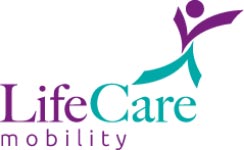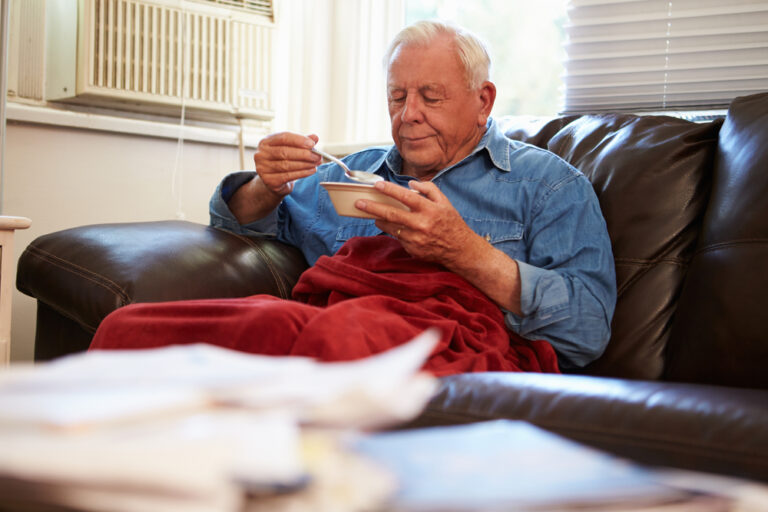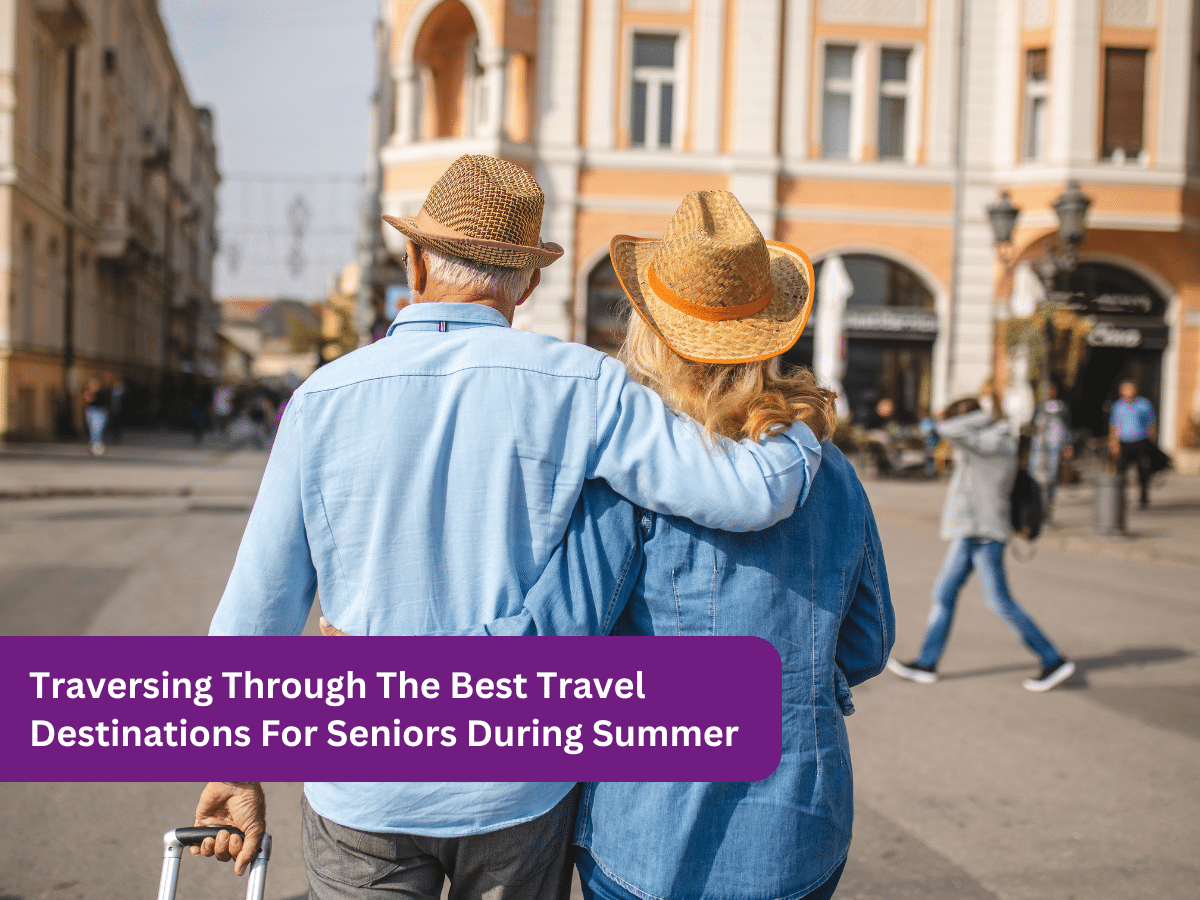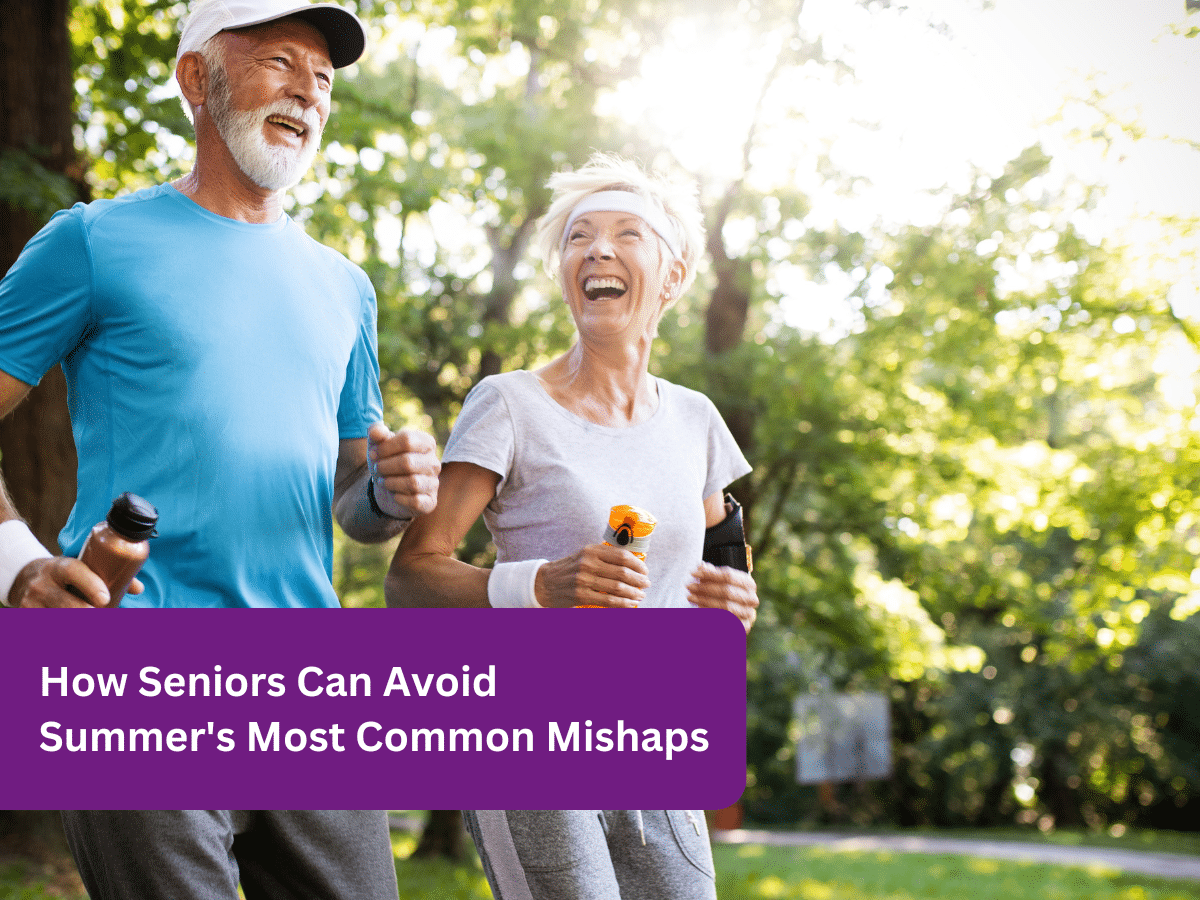With the fall season officially in full swing, chillier temperatures are now upon us. Most of us can take for granted that a jacket and a toque might take care of the whole “keeping warm” thing. Older adults, however, face tougher times keeping the cold at bay. Seniors are particularly susceptible to hypothermia. It’s a condition caused by prolonged exposure to cold temperatures. It sets in when the body loses heat quicker than it produces heat.
“Hypothermia can lead to frightening short-term side effects, including shivering, cold extremities, mood swings, loss of energy, and difficulty with movement,” explains CompanionsForSeniors.com, “If left untreated, hypothermia can have serious consequences, and may lead to a heart attack, kidney problems, or liver damage.”
Here are three ways for older adults to avoid hypothermia:
1. Keep a blanket in every room of the home.
It’s never a bad idea to keep a few extra blankets lying around. This is especially true for the morning time when it’s generally cooler than the middle portion of the day. Keep a blanket available on the couch in the living room. Throw one on your aging parent’s rocking chair. Any location frequented by your elderly loved one should be a place where a blanket is present. It good idea just in case he/she gets chilly.
“In addition to being cozy and comforting, laying out extra blankets in the wintertime can help your loved one remain warm,” advises CompanionsForSeniors.com, “Put additional blankets out on the sofa or your loved one’s favourite chair, and add extra bedding so they can sleep warmly at night. “
2. Prevent drafts from entering the house.
Believe it or not, cracks in the foundation, walls and window openings can significantly decrease the temperatures in your home. Look out for them so you can have the home’s temperature warm enough to keep all of its inhabitants comfortable. Even a well-heated home can be chilly if drafts aren’t prevented. California’s Alegre Home Care reminds people to look for leaks around the home and block them in order to conserve heat.
“Common heat leaks include gaps under doors, cracks around windows, and mail slots,” informs their website, “You can prevent drafts from coming in under doors by installing a door sweep, getting a draft blocker, or even placing a rolled-up towel against the door. If you suspect the windows are leaking heat, get some insulated drapes and keep them closed on very cold days.”
3. Throw on several layers.
In Canada, we’re no strangers to bundling up. It goes without saying that this is a vital way to stay warm when venturing outdoors. However, it’s also wise to throw on additional layers at home. That way, you won’t have to worry too much about increased heat and electricity bills. Australia’s retirement living provider, Seasons reminds us that our hands and feet get cold easily. However, it’s important to not neglect the rest of our bodies.
“Remember that wearing multiple layers is always better than wearing one bulky layer to stay warm,” informs their website, “Once your torso is warm, it will be able to better distribute heat to your extremities.”
The LifeCare Mobility Solutions team would like to do its part to keep your elderly loved ones comfortable this fall. To learn all about our mobility solutions, please don’t hesitate to call us at 416-267-9800 or email us at info@lifecaremobility.ca. You may also contact us by filling out the form on our Contact page!










